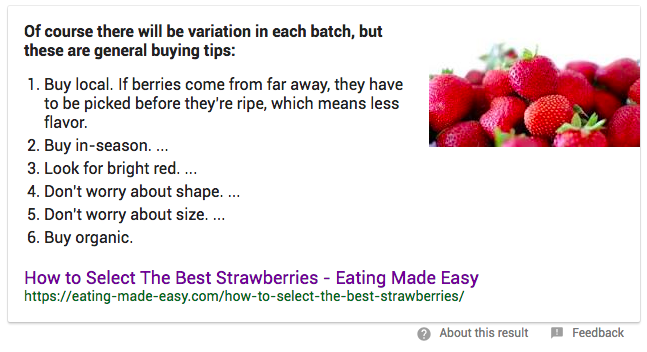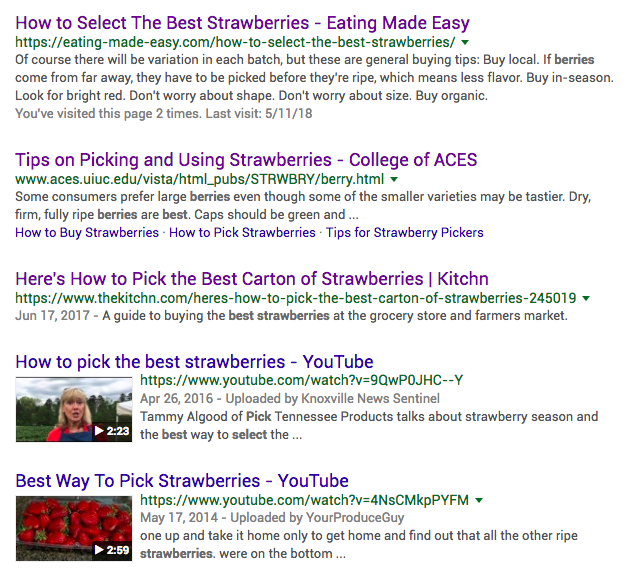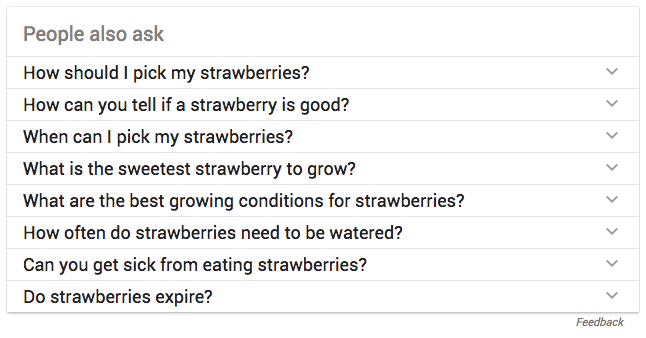
Is it that time of the week? Whether you’ve been blogging for years or you’re a rookie about to give your first post a go, I have some great tips for you. One of the most difficult parts of writing a blog article is getting started: choosing a topic and determining the direction for your piece.
You want it to be educational, helpful, useful, and entertaining for your target audience so the right people actually read it, right? You also want it to be successful and build authority over time. How the heck can I be sure my article will cover all those bases? I’m glad you asked. Let’s jump right in and find the answer!
Generating Topics
We aren’t going to go into too much detail here because we’ve covered how to generate strong topics in a number of other posts. In summary, you need to do some research to determine the following:
- Your target audience
- Questions your audience is asking
- Trending topics in your industry
- High-performing topics in your industry
- Your niche
- Your goals
- What makes you stand out from your competition
- Your expertise
- What you’re passionate about
Take all of these factors into consideration so you can choose a relevant topic people will love reading about on your blog. At this point, it doesn’t have to be the exact title you’ll use for your article, but the meat should be there. You can edit and spruce it up later on.
Let’s say I’m a gardener who grows organic strawberries for a living. I want to write about how to pick the best strawberries so my readers understand exactly what to look for and where to look (and so my local readers buy from me).
For details on how to build great topics, check out these other articles:
Developing an Outline
This is where you determine the direction for your article; make sure you don’t just throw it together without thinking it through and doing some good research. To cover all your bases like we mentioned above, you need to be strategic and thorough.
Let’s get the basics out of the way first. As you build your outline, make sure it contains these key elements.
- Topic/title
- Introduction
- Headers
- Subheaders (if appropriate)
- Conclusion with a call to action (CTA)
- Internal links you’d like to include in your article to offer your reader more information on the main topic or subtopics
At this point, you have your topic in mind and an idea of how to structure your outline. It’s time to start filling out your template! Start with some good old fashioned research.
1. Go to Google.
Type your topic into Google and see what comes up near the top of search results. You’ll want to take note of several things. At this point, you’re basically a detective searching for clues. Inspect each piece carefully to solve the mystery—how to write an awesome article that people (and Google) will love.

The Featured Snippet
Click on the article in the box at the top of the page (if there is one), and take note of its structure and content to figure out why Google chose it as the featured snippet for this query. If I play my cards right, I may be able to steal this spot.
- Title: “How to Select the Best Strawberries”
- Format: bulleted list
- Length: 360 words—short and sweet (no pun intended)
- Image: bright red strawberries

First-Page Results
Do you see any similarities in the titles of top-performing articles?
- The words pick, strawberries, and best are in the majority of top results. When I write my title, I can get a little creative, but I want to include these three words.
Do you see any trends in the type of result?
- Videos and articles both perform well for this query.
In this case, we’re planning on writing an article instead of creating a video, so we’ll focus on the top article entries and look for trends to determine why they’re performing so well. We also want to consider the following (like we did for the featured snippet article):
- Format
- Length
- Images included
If you notice anything consistently showing up in top-performing articles, it’s a good idea to make a note and consider incorporating it into your own article. Mimicking successful models can increase your chances of being successful.

I found that each article I looked through included
- Local
- In-season
- Bright red
- Size/shape
One article included some strawberry nutrition facts, which I like. I also know that strawberries are on the “dirty dozen” list and want to encourage readers to buy organic, so I’ll add that to my outline as well. You obviously don’t want to copy any model exactly because this would be plagiarism. You need to make your article your own—unique, interesting, and original!
The “People also ask” Section
Consider incorporating answers to some of these questions into your article if it makes sense. If someone can get all the information they’re looking for in one place (on your blog), they’ll be thrilled.

Related Searches
This is located near the bottom of the search results page. Again, you can choose to incorporate some of these phrases or answer these questions if it fits well into your article. The more answers you can give your reader on your specific topic, the better.

2. Fill out your outline.
After you’ve taken everything into consideration, it’s time to build your outline. You want to include the top information you find through research as well as some of your own expert knowledge on the topic to make your piece one of a kind. I like to call this my “hybrid” outline.
Your Quick Guide to Picking Out the Best Strawberries
- Intro: how to find and select ripe, sweet, delicious, and fresh strawberries
- Nutrition facts
- Strawberry season (link to my article on strawberry season in Iowa)
- Appearance
- Bright red
- Size/shape
- Organic
- Dirty dozen (link to my article on dirty dozen/clean 15)
- Best places to buy
- Shop local
- Farmer’s market
- Conclusion: We sell the sweetest strawberries in the area! Come find us at the downtown farmer’s market every Saturday throughout the summer.
3. Start writing!
Now that you have a solid direction in mind, it’s time to start writing. You know exactly what you’re going to cover, and you’ve set yourself up for success by incorporating key elements of top-performing articles on Google into your outline.
Here’s a quick recap of how to structure your article so your information will flow smoothly from beginning to end.
- Introductory paragraph
- Thesis (the main point you’re trying to communicate)
- Supporting details
- Concluding sentence
- Main headers to separate big ideas
- Body paragraphs
- Mini thesis (specific point of the individual paragraph)
- Supporting details
- Concluding sentence
- Transitions between main sections
- Conclusion
- Restated thesis
- Summary of details
- Concluding sentence and call to action
Use our handy infographic for a visual illustration of article structure.
We hope this helps next time you sit down to come up with a topic, direction, and an outline for your next blog article. If you don’t have time to search for and gather all the clues to write outstanding articles yourself, give us a call or reach out online. We love blogging (and writing in general) and would LOVE to take the work off your plate.
We provide content creation services for our happy customers throughout the U.S., and we’d love to get to know you! Contact us any time.


